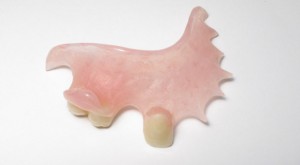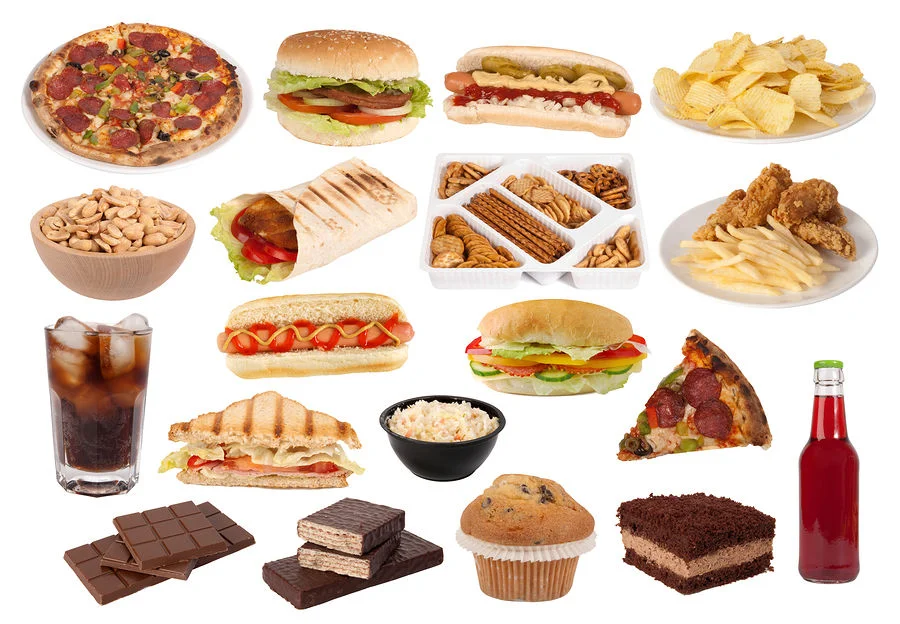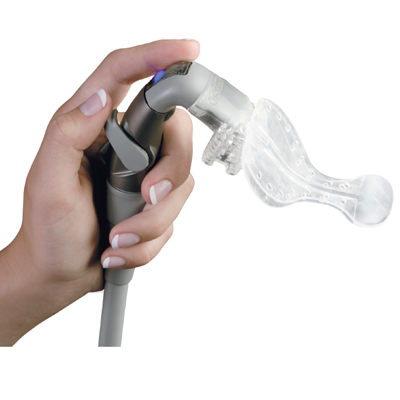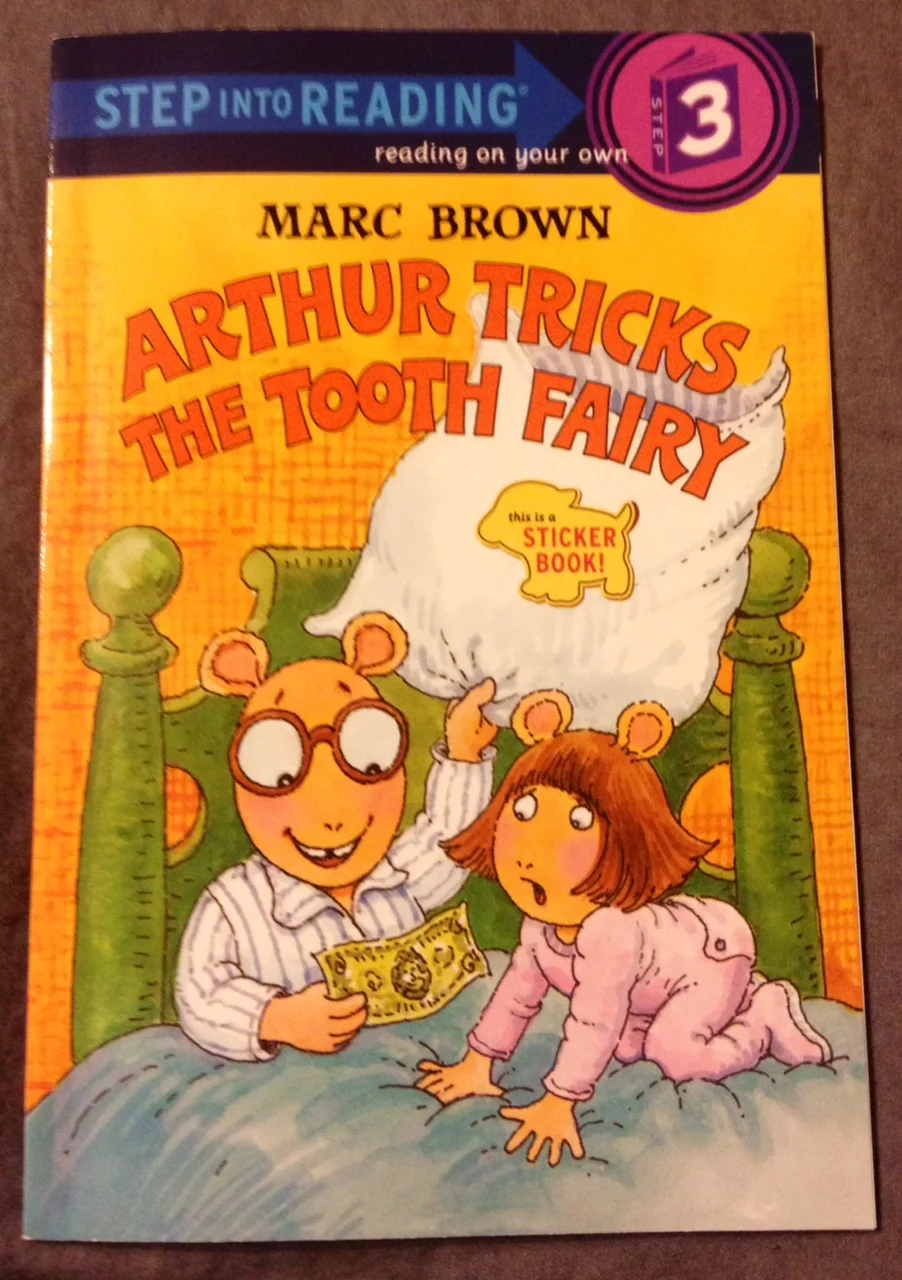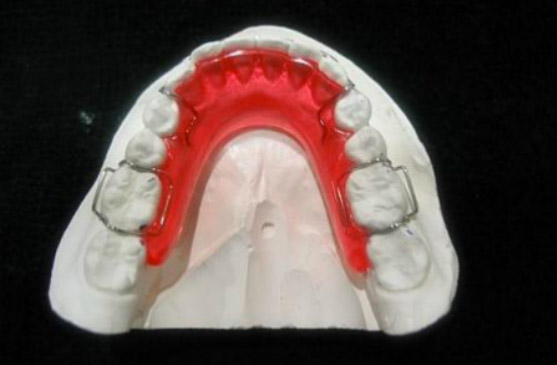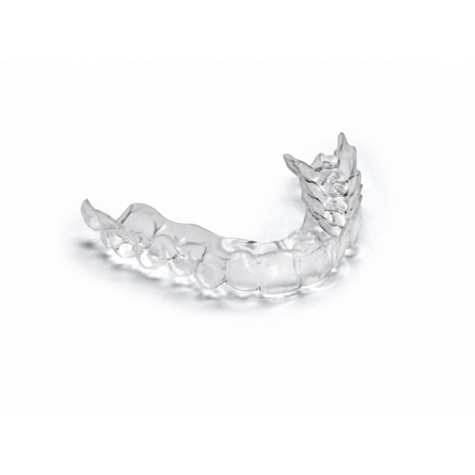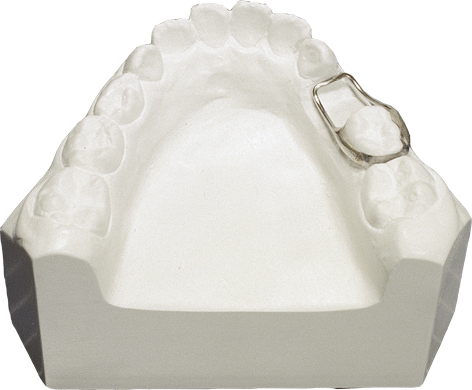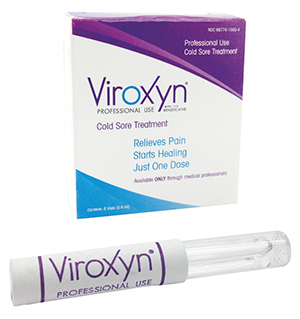One of the greatest aspects of modern dentistry is our ability to replace missing or extracted teeth. Today, patients typically seek out implant crowns and bridges as quick and safe methods of restoring their smiles. But what about dentures? The name alone might conjure up pictures of older relatives and seltzer tabs, but they are still an excellent way to fix a gap in your dentition. At Thousand Oaks Family Dentistry, we offer a number of denture options for patients needing everything from temporary single tooth replacement to permanent appliances for entire arches. No matter what your needs, there is likely a denture solution to fit it!
Patients who still have some existing teeth are typically eligible for partial dentures. These appliances bridge one or more empty spaces between teeth to recreate a natural smile. They usually require healthy molars or premolars to snap on to and give them rigidity. Some partial dentures are made entirely out of acrylic. These are commonly referred to as “flippers” and typically serve as temporary solutions until an implant can be placed or a permanent denture can be made. Because they are plastic, they need to be made thick for rigidity. Likewise, flippers can feel bulky and uncomfortable and are prone to becoming brittle. Still, they are an excellent interim esthetic solution for patients missing teeth.
a full acrylic partial denture or "flipper"
Partial dentures can also be made using a combination of acrylic and cast metal. These devices are stronger, thinner and typically more comfortable than flippers. When you smile or open your mouth, pink and enamel colored acrylic hide the metal framework beneath and the appliance looks like natural tissues. Rigid metal partial dentures are appropriate for long term use and are often the most comfortable option. If you have enough teeth to anchor the device, they can fit snugly and comfortably in your mouth.
A partial denture with metal framework
If you are missing all teeth on an entire arch, you are likely eligible for full dentures. Full dentures are made out of acrylic and stay in your mouth using the suction created between your gums and the denture base. Since they rest on your gum tissue, full dentures can take some time to get used to. Many patients will feel sore spots or an uneven “rocking” sensation until they become accustomed to the feeling of the appliance. Our office can make small adjustments to dentures to better accommodate your mouth, but they will never feel as natural as something anchored to your teeth. Still, they are a great alternative to smiling, chewing and speaking with no teeth.
a full upper and lower full denture
A final subset of dentures are implant supported dentures. Here, an acrylic appliance is mounted to 2 or more implants (depending on the number of teeth replaced) through rubber snaps. These are typically the most comfortable denture style for replacing whole arches of teeth. However, this treatment option is both costly and time consuming; Implant placement can take up to six months to become healed and sturdy enough to support a denture. Still, many patients are extremely satisfied with the resulting product, as the implants keep the appliance rigid and out of contact with gum tissue.
A diagram of how implant supported dentures are mounted
No matter what type of denture we are making, our office needs three types of impressions: one impression of the teeth (or gums) on which the dentures will be made, one of the opposing teeth and one of how the teeth come together when you bite down. Once we take these impressions, we send them off to a lab along with instructions on tooth color, transparency and brightness. From there, the lab will either fashion your permanent denture, make a wax try-in (a soft, denture lookalike used by our office to ensure fit and esthetics), or send us custom trays. Custom trays are impression trays that precisely fit the dimensions of your mouth. These instruments insure a perfect impression (and a better fit) for the final denture. Once we are ready to deliver your appliance, you will return to our office for a short fitting appointment where we can make minor adjustments.
The true scope of dentures extends into many different devices, materials and mounting styles. We like to have a lengthy discussion with every patient prior to taking impressions, to make sure they will satisfied with the final product. Only a consultation between you and Dr. Hong can show us what kind of denture is appropriate for your specific needs. If you would like to know more about dentures or any other type of appliance offered at our office, please give us a call. We are always happy to walk you through any and every procedure!



